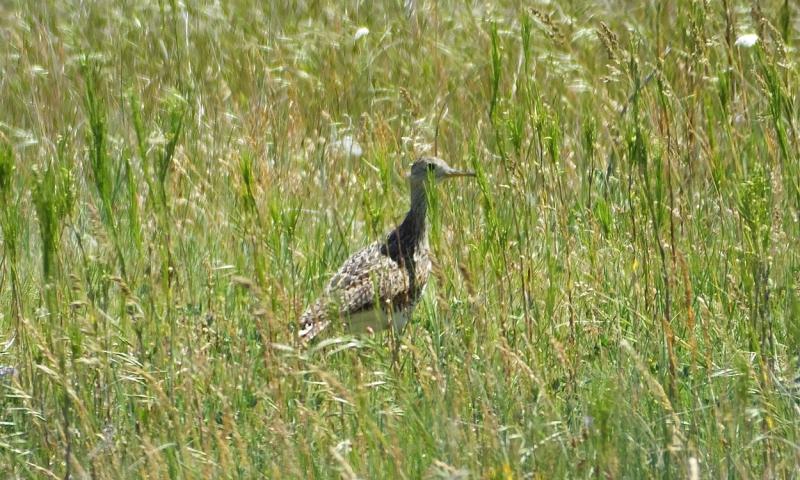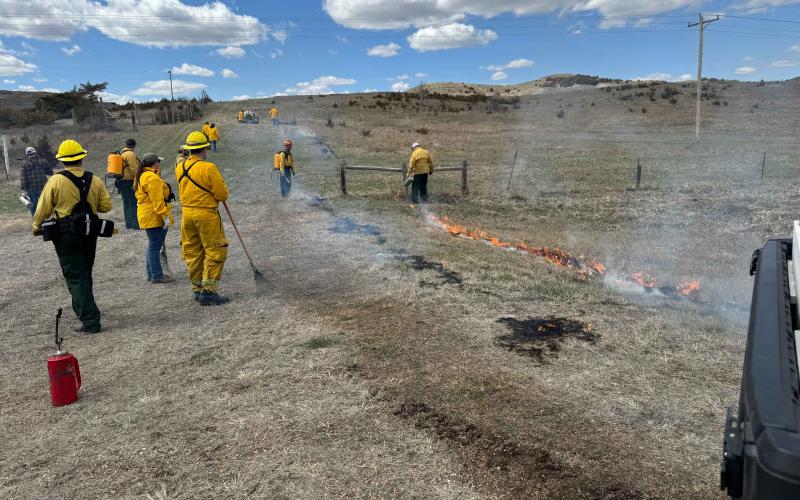
Good grassland management has many benefits for the land, livestock and grassland managers. Good management is also valuable for grassland-dependent native wildlife, including insects, amphibians, reptiles, birds and small mammals. Healthy grassland communities that contain a variety of vegetative structure and species can meet the needs of grassland wildlife by providing nesting, foraging and escape cover in close proximity. Not only will well-managed grasslands provide habitat for native wildlife; the presence of these often-overlooked species are a great indicator of a well-managed (and likely profitable) grassland system.
Appropriate grazing and grassland management can provide key disturbances to stimulate plant variety and vigor. For example, early-season grazing and trampling can create open space for the flowering forbs necessary for insect habitat, which will in turn attract other wildlife. Rested areas of grasslands are also useful to wildlife, providing valuable nesting cover for many grassland birds, including game birds, such as pheasants, ducks and grouse. These rested areas also provide a great resource for producers in times of low forage availability, such as drought. However, resting grassland for many years reduces its wildlife value, due to simplification of the plant community and buildup of old plant material.
For these reasons, it is crucial to manage grasslands to provide a variety of plant types and structures in grasslands so that livestock and wildlife alike will thrive.
The Healthy Grasslands article series is provided by the South Dakota Grassland Coalition in partnership with SDSU Extension. Contributing editors: Alexander J. Smart, Peter J. Bauman and Joshua Lefers. © South Dakota Grassland Coalition 2017. For more information, view the full publication or visit the South Dakota Grassland Coalition website.


